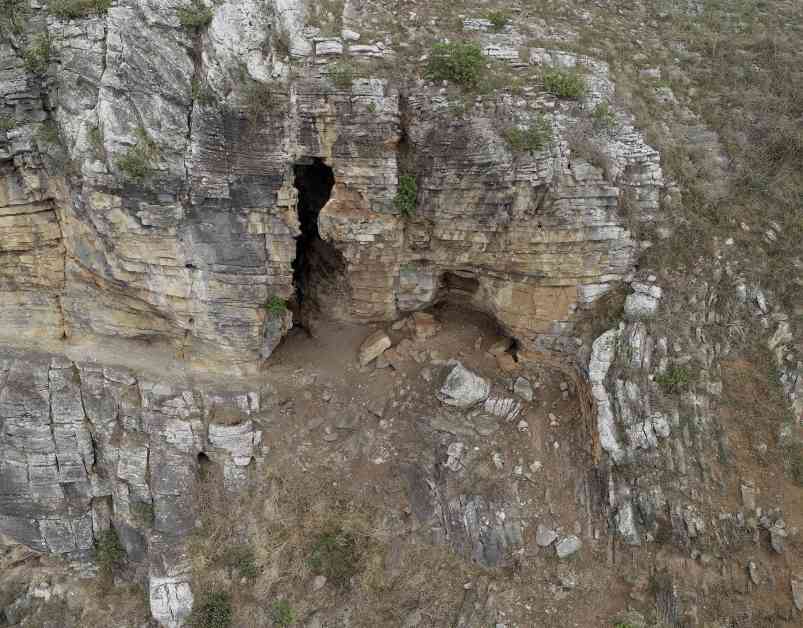Cloggs Cave, located in the Buchan region of eastern Victoria, is a site of great significance for archaeologists and the GunaiKurnai Aboriginal population. Recent excavations at the cave have unearthed evidence of a ritual dating back 11,000 to 12,000 years ago. This ritual involved the use of miniature fireplaces deep within the cave, where wooden artifacts made from Casuarina wood were smeared with fat, charred, and then buried.
The purpose of this ancient ritual remains a mystery, but it is believed to have invoked a higher power to either aid or harm specific individuals. Interestingly, modern GunaiKurnai elders recognize and identify these practices, indicating a remarkable cultural continuity spanning over 500 generations.
The discovery at Cloggs Cave highlights the resilience and adaptability of the GunaiKurnai people in maintaining their cultural heritage. While the exact meaning of the ritual is unclear, further research using archaeological evidence and ethnographic records may provide more insights into ancient practices. Collaborating with Indigenous communities, such as the GunaiKurnai people, will be essential in ensuring that research efforts are culturally sensitive and informed by local perspectives.
Overall, the discoveries at Cloggs Cave offer a glimpse into an ancient society and provide a valuable opportunity to piece together the puzzle of ancient Aboriginal rituals. By continuing to explore similar sites in the region and conducting detailed analyses of residues found on artifacts, researchers hope to gain a deeper understanding of these ancient practices and their significance.






